How to choose sustainable building materials for your home
Sustainable building materials are those that are produced and used in ways that do not deplete natural resources or harm the environment. They are designed to reduce the overall environmental impact of a building over its entire lifetime, from extraction and production to disposal or recycling.
As the construction industry is a significant contributor to environmental degradation, the use of sustainable building materials is crucial for reducing carbon footprints, conserving natural resources, and promoting a healthier living environment.
When choosing materials, it's important to consider the entire lifecycle, including the energy consumed during production, potential emissions, the durability of the material, and its ability to be recycled or safely disposed of at the end of its life.
Key Factors to Consider When Selecting Sustainable Materials
Materials sourced locally or those with a transparent supply chain are often more sustainable. This reduces transportation emissions and supports local economies.
Materials that offer high energy efficiency can significantly reduce a home's energy consumption. Insulation materials, for example, should be evaluated for their thermal performance.
Choosing materials that are known for their longevity can prevent frequent replacements and reduce waste. Durable materials also tend to require less maintenance over time.
Materials that can be recycled or repurposed at the end of their life cycle are preferable. This minimizes landfill waste and allows materials to be used in new construction projects.
Materials should be non-toxic and free from chemicals that can off-gas and degrade indoor air quality. Additionally, the production process should not harm ecosystems or biodiversity.
Types of Sustainable Building Materials
Natural materials such as wood from sustainably managed forests, bamboo, cork, and natural stone have minimal processing and are often renewable.
Using recycled materials like steel, glass, and plastic reduces the need for new raw materials and the energy associated with their production. Reclaimed materials, such as wood from old buildings, also preserve history and reduce waste.
Materials like straw bales or hemp can be grown and replenished quickly, making them highly sustainable options for construction.
Technological advancements have led to the development of innovative materials like eco-friendly concrete, which ECO-BETOON OÜ specializes in, and structural insulated panels (SIPs) that offer superior performance and sustainability.
Implementing Sustainable Materials in Your Home
Early integration of sustainable materials into the design process can optimize their benefits. Consider the orientation of the building, natural light, and ventilation to enhance the performance of sustainable materials.
Partnering with contractors and suppliers who are knowledgeable about sustainable materials and practices is essential. ECO-BETOON OÜ can provide expertise in selecting and installing eco-friendly concrete solutions.
While some sustainable materials may have higher upfront costs, their long-term savings and environmental benefits can outweigh the initial investment. Analyzing the lifecycle costs can provide a clearer picture of the true value of sustainable materials.
Understanding local building codes and seeking green certifications can guide the selection of sustainable materials and ensure compliance with environmental standards.


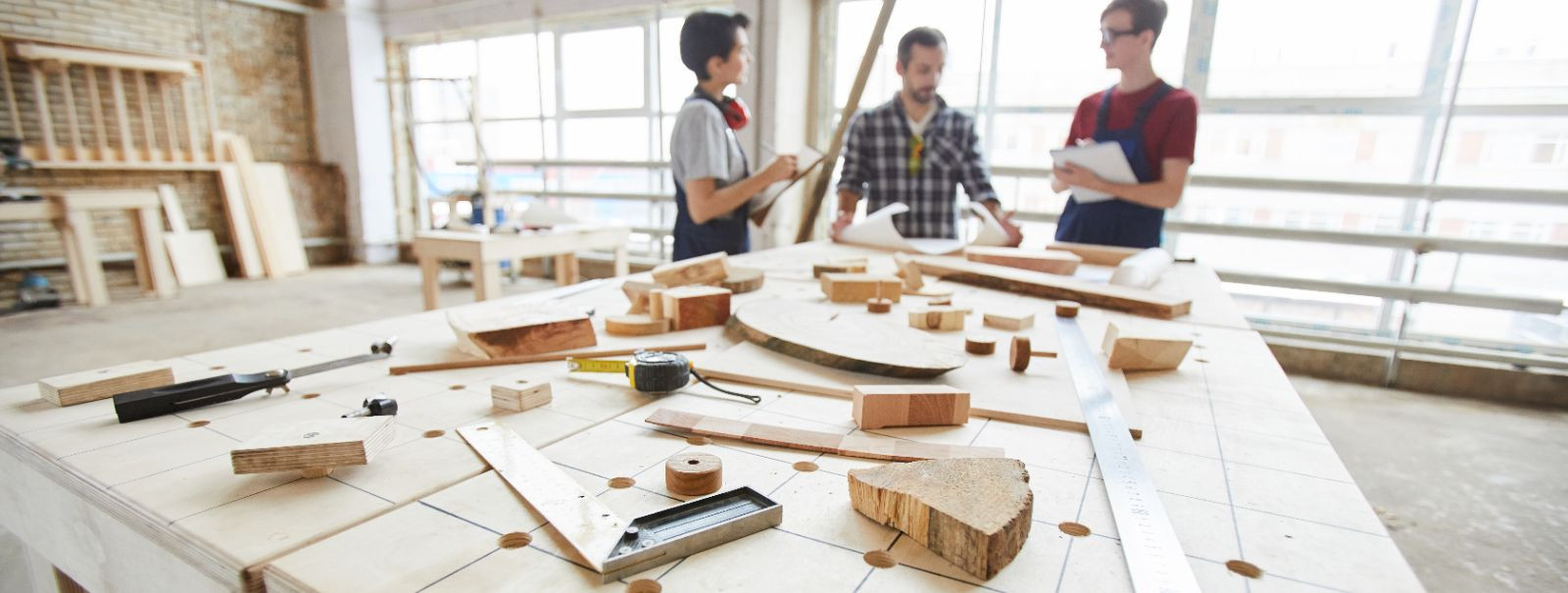

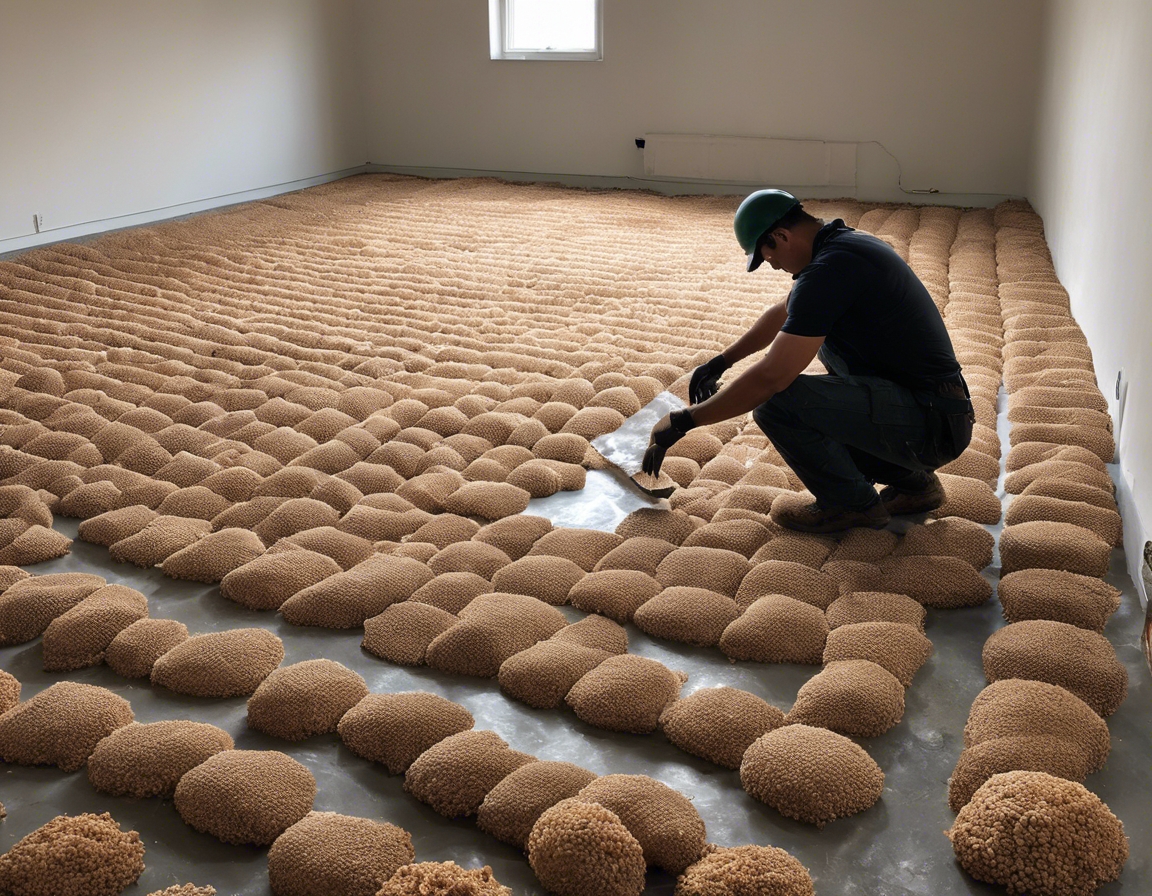
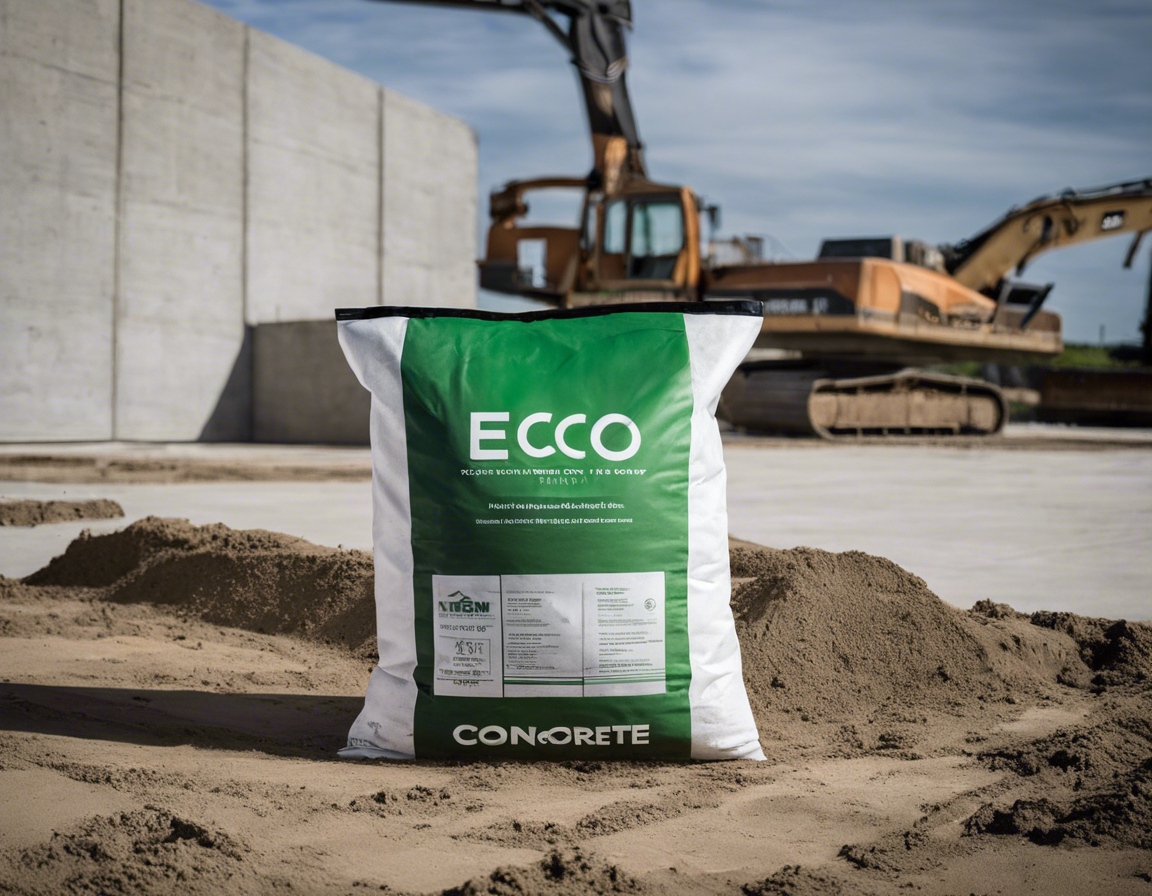
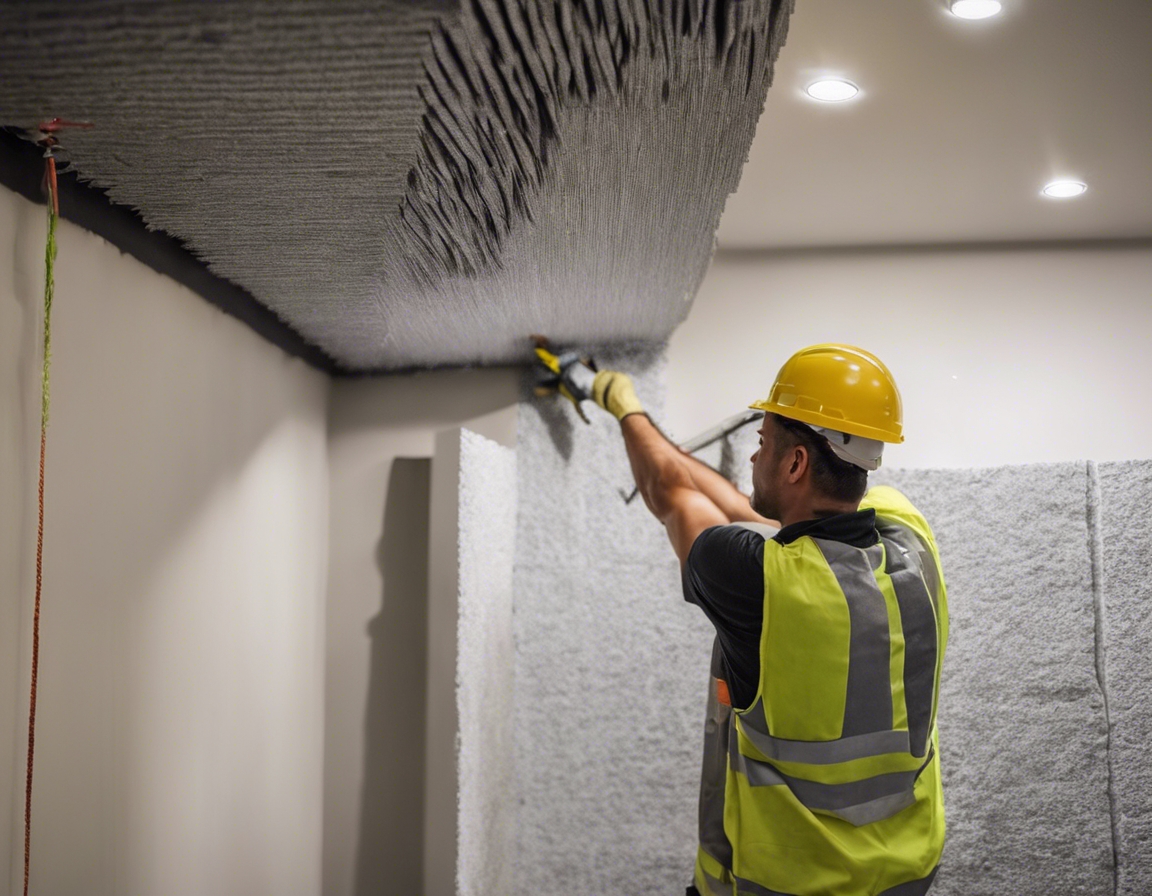
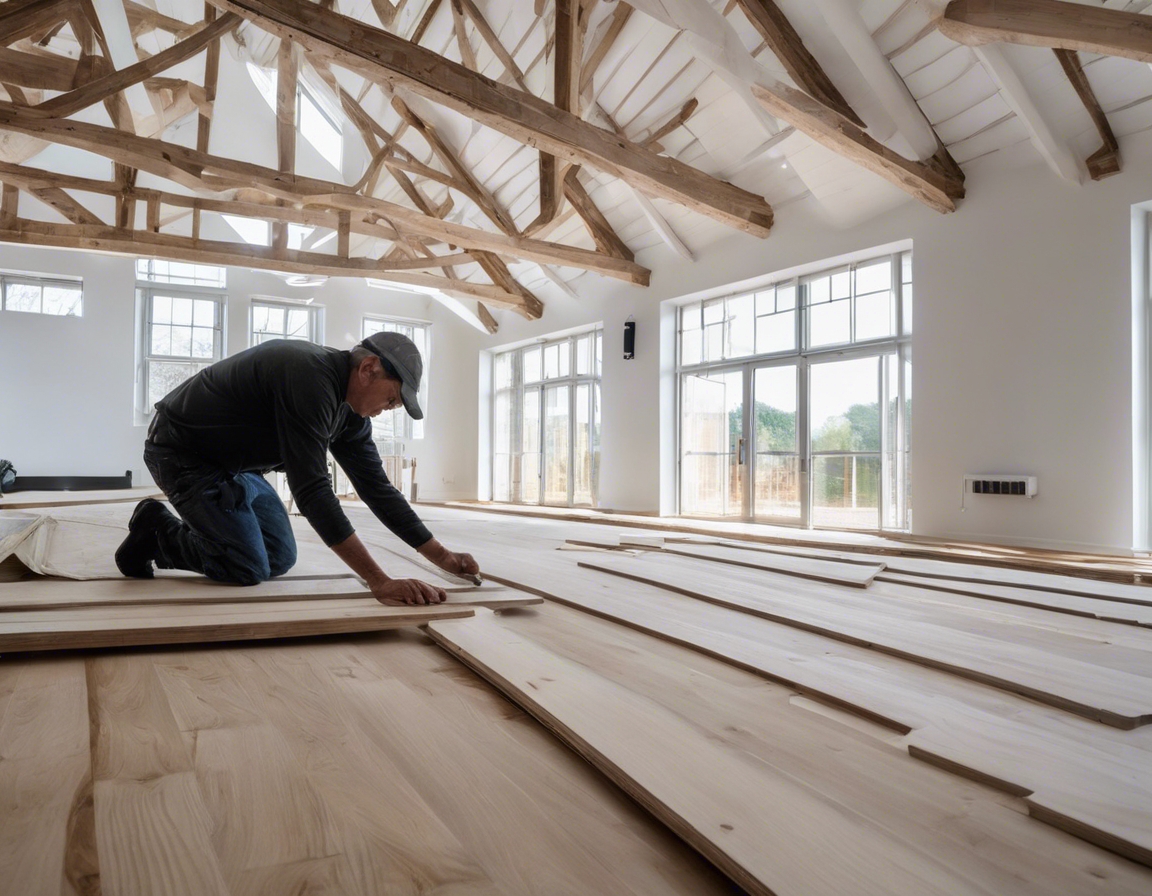
Comments (0)